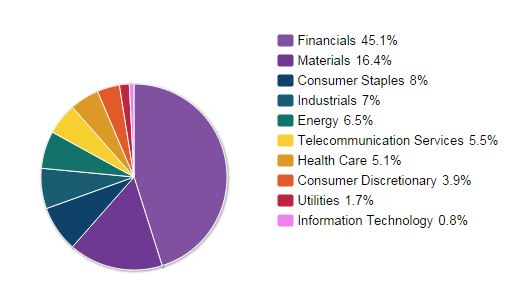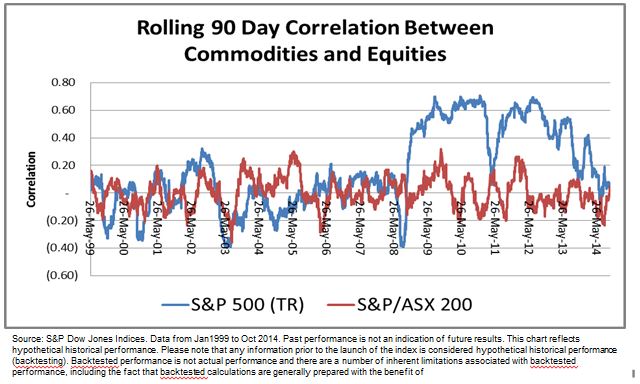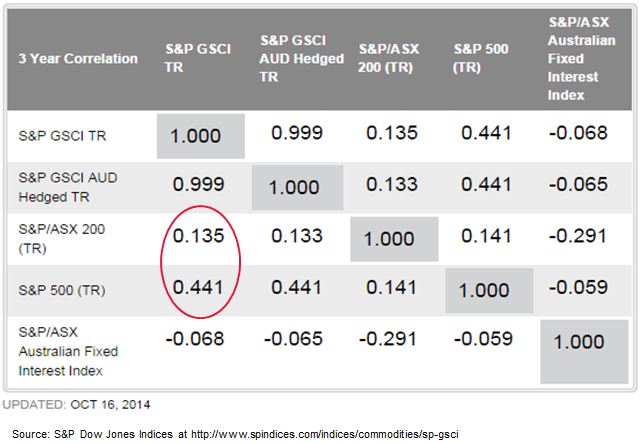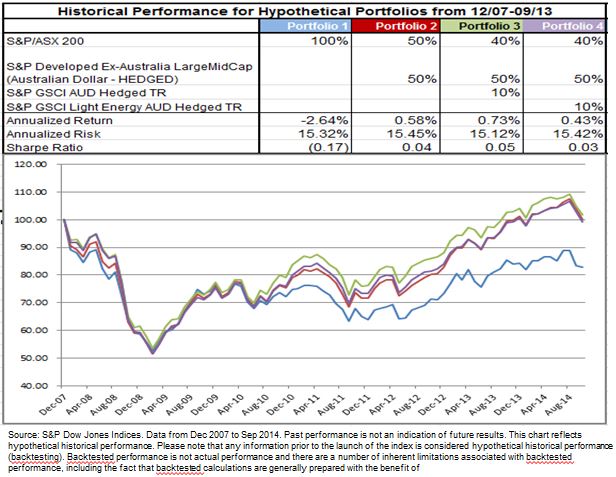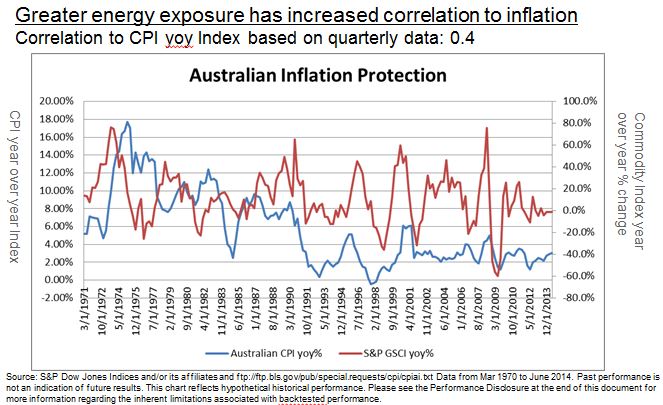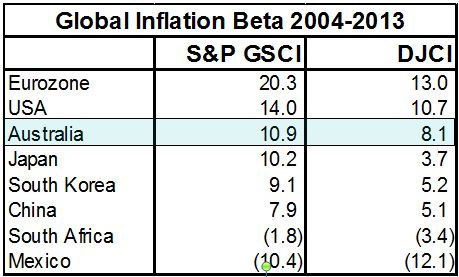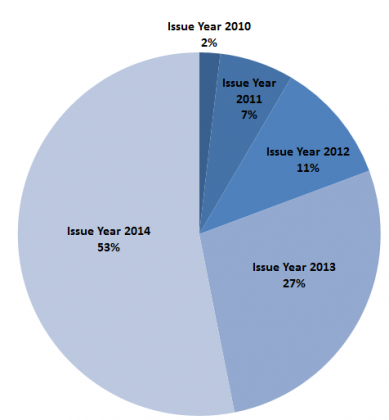By my reading, the recent tone in the investment press and blogosphere has been decidedly, shall we say, anti-active. Index-based investing has won, active has lost, time for stock pickers and portfolios managers to find new careers. It’s over.
One of the sharper summations of the zeitgeist comes by way of a recent post from The Banker’s Umbrella. The author takes a sardonic jab at the life of an equity fund manager: track the index, naively over/under weight a few names, sit back and collect a performance-be-damned paycheck. Yes, it’s harsh and perhaps the passive-aggressive (sorry, couldn’t help myself) tack warrants a flag for unnecessary roughness. But underlying the jab are real trends supported by real research.
Perhaps the most succinct example of that research is William F. Sharpe’s “Arithmetic of Active Management,” which says the average active dollar, after costs, must underperform the average passive dollar. The proof case for Sharpe’s work is S&P Dow Jones’ regularly-published SPIVA research. SPIVA demonstrates that the majority of active managers underperform their benchmarks, especially over longer time periods. SPIVA’s companion piece, the Persistence Scorecard, shows that it’s nigh impossible for any manager to remain among the top performing segment over time.
Trends can shift and it is possible that the anti-active wave may one day swing back to a more favorable view of professional asset managers. Regardless of prevailing sentiments, however, there remain sound reasons for the superiority of index investing.
The posts on this blog are opinions, not advice. Please read our Disclaimers.


















































